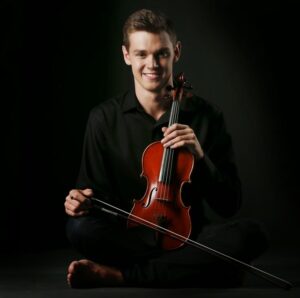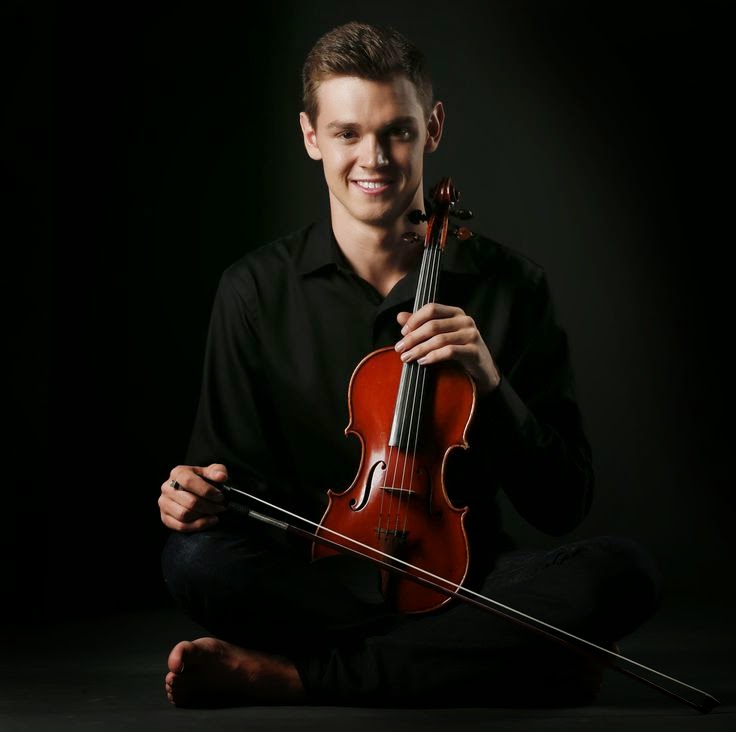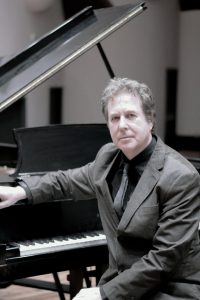By David Fawcett
Midway through the ethereal slow movement of the Mendelssohn Violin Concerto Saturday night, a single silver star drifted down from high above the stage and settled amongst the second violins. It was like a celestial comment on the playing of the soloist, Blake Pouliot. He’d have had the audience in the palms of his hands, if they hadn’t been full of violin.
I hadn’t expect much of this concert built around this overly familiar concerto, a very short Canadian piece and a symphony I’d last heard performed by a student orchestra.
I couldn’t have been more wrong.
 |
| Blake Pouliot Photo: HPO |
Pouliot really put on a show and I joined the other members of the audience who spontaneously rose to their feet as he completed the virtuosic arpeggios that bring the concerto’s finale to a close. I’d hoped for an encore but, on this occasion, didn’t get one.
Pouliot is but 20 years old, as young or younger than the McMaster footballers whom we watched play in the Vanier Cup. He is tall, with a forelock that falls over his face, like a latter day Paganini. He is completing his training in Los Angeles but began playing concertos with orchestras at the age of 11. A violinist to watch.
While the Mendelssohn was surely the highlight of the evening, the rest of the program was nearly as exciting.
Conductor Stilian Kirov, who is auditioning for the Hamilton Philharmonic’s Music Director’s position, is a native of Bulgaria but has been the Assistant Conductor of the Seattle Symphony for the last three years. He first led the orchestra in a spirited performance of Canadian Composer Glen Buhr’s short overture Jyotir (Brilliance). It’s already 25 years since Buhr wrote it and deserves to be better known. It was played, as its title indicates, at breakneck speed, and displays the dexterity of the woodwinds, most notably the piccolo which is exposed at the top of the orchestra. Percussionist Jean-Norman Iadeluca, playing tuned toms and a kick bass, was featured in the penultimate section.
After the break they played Beethoven’s Second Symphony. In spite of its number (he wrote nine symphonies) it is not an early work. Beethoven was 33 and in mid-career when he composed it. While not as familiar or often played as the later ones, it sounds a lot like them, especially the Eroica (#3) and the best known Fifth. This is why so many in the audience, familiar with its style, could so easily appreciate it and the beautiful, sometimes spectacular, playing of our wonderful professional orchestra.
Read David Fawcett’s interview with conductor candidate Stilian Kirov here.





